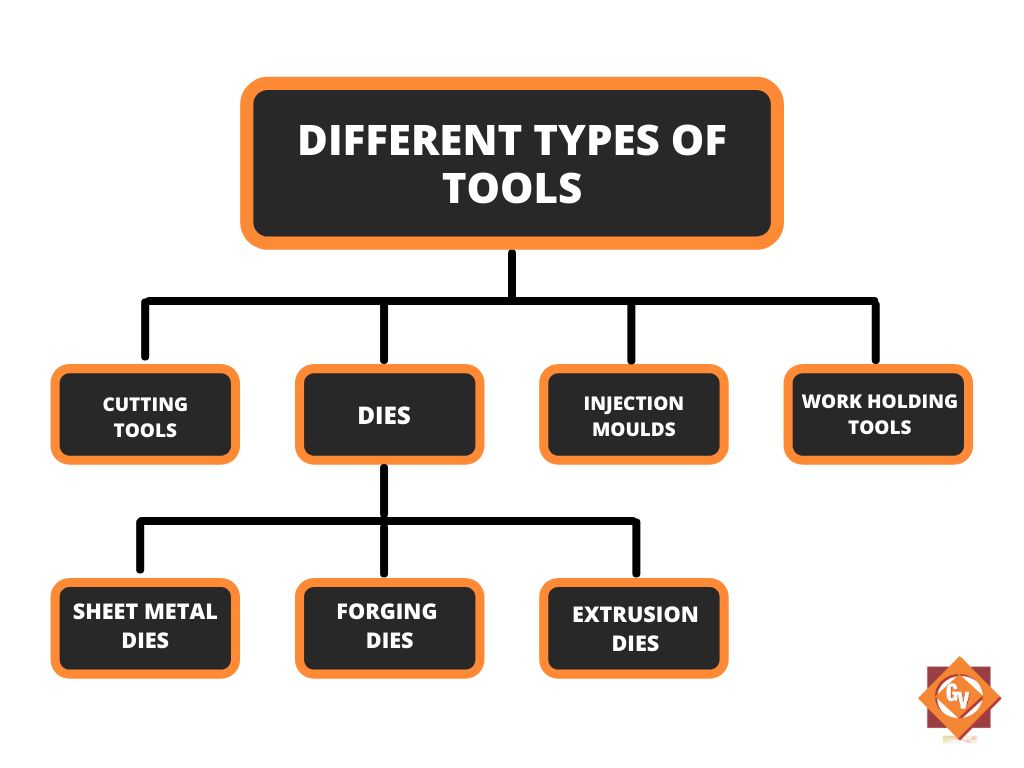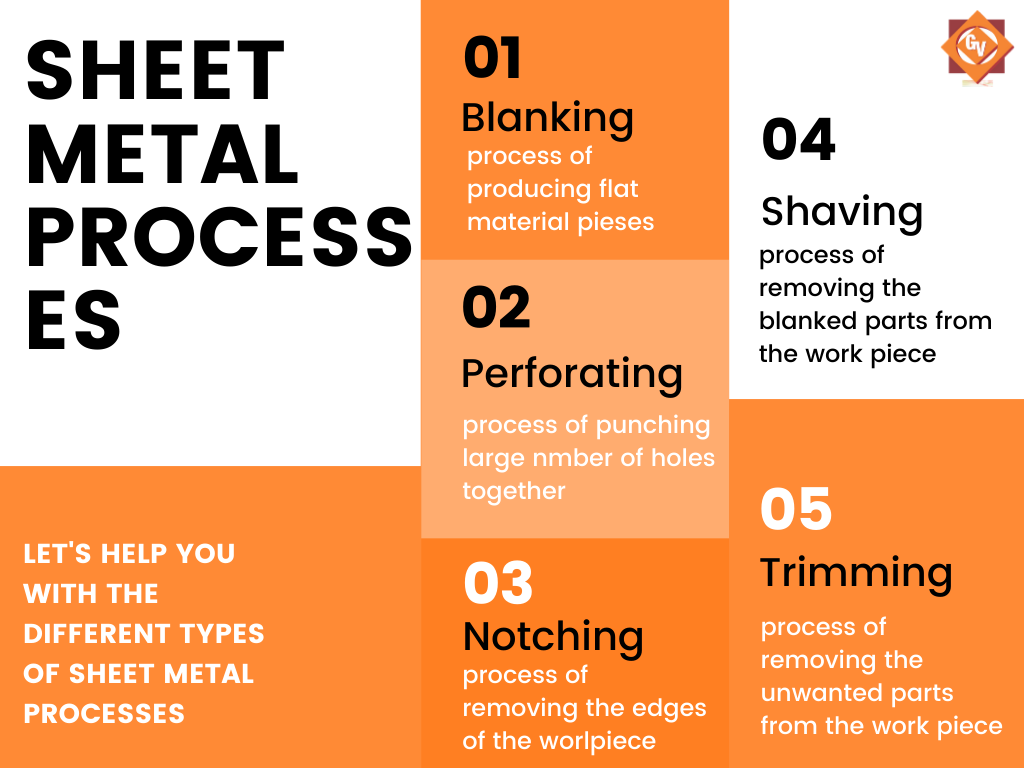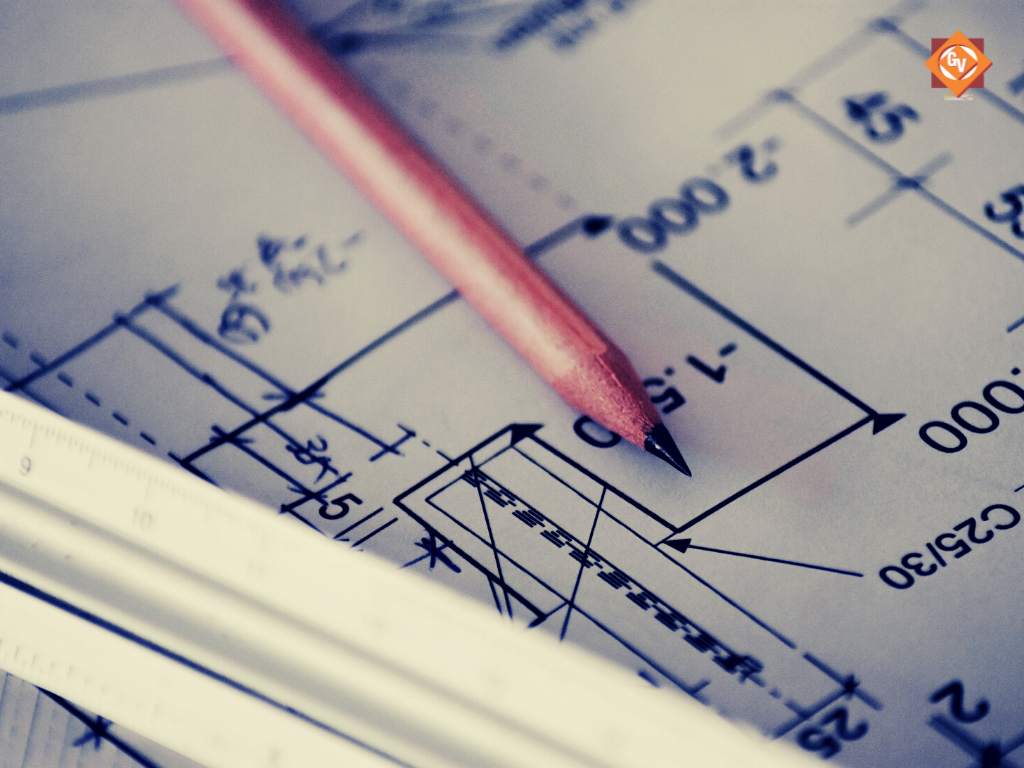Tool Designing
Why you need to learn about Tool Designing?
You can’t build a rocket directly just with your thoughts, you will have to get it on the paper first which we call a prototype or a blue print and then start implementing.
You can decide the cost of the tool by following the discipline of tool designing!
That is, by designing the tool, the cost can be estimated. The cost depends on the life of the tool. More the life, less cost in replacement. Less the life more cost in replacement. A perfect design gives good business, as the designing is good and there would not be any chance of tool failure or service work at the manufacturing phase of our end product using these tools.
DEFINITION
Tooling design is a specialized area of manufacturing engineering which comprises the analysis, planning, design, construction and application of tools, methods and procedures necessary to increase manufacturing productivity. [Dr. Nageswara Rao Posinasetti]
OBJECTIVE
- Manufacture a product within our expected cost
- Depict the life of the tool or the product
- Make our tool cost friendly by designing the tool appropriately
- Maintain a standard quality of products

CUTTING TOOLS:
In the context of machining, the process of removing some part of the work piece by shear deformation. This can be achieved by two ways, that is either by single-point or multiple-point tools.
Single-point: Single-point tools are used in turning, shaping, planing and similar operations, and remove material by means of one cutting edge.
Multiple-point: Milling and drilling tools are often multipoint tools.
It is body having a sharp edge on it as to take out the unnecessary part in the tool.
The main reasons for tool failure is:
- Premature failure: Fracture failure from excessive cutting forces, or Thermal failure from high cutting temperatures
- Gradual failure: A cutting tool will gradually fail as it approaches its life-limit with operational use.
Things to be taken care of to avoid tool failure:
- Tool’s ability to withstand stress and avoid fractures
- The strength of tool at high temperature
- The tool’s ability to resist abrasion
What is Tool Geometry?
Each tool has a different shape and geometry so as to perform well while metal cutting. Axe can perform well in wood cutting but cannot be used everywhere. Similarly tools differ with different angles and geometry for different purposes.
SHEET METAL DIES:
A die is used to produce stamped or formed parts. A die consists of two parts. Male and a female component, working opposite to each other. A sheet metal is placed in between the parts and is pressed so as to get the desired shape on the sheet metal or clip-off the parts of sheet metal.
Dies can be classified as:

Forging Dies: It is a process in which the metal is shaped by forcing dies above and below the work-piece at a particular temperature based on the type of forging required.
The different types of forging based on temperature are:
i. Cold forging
ii. Warm forging
iii. Hot forging

